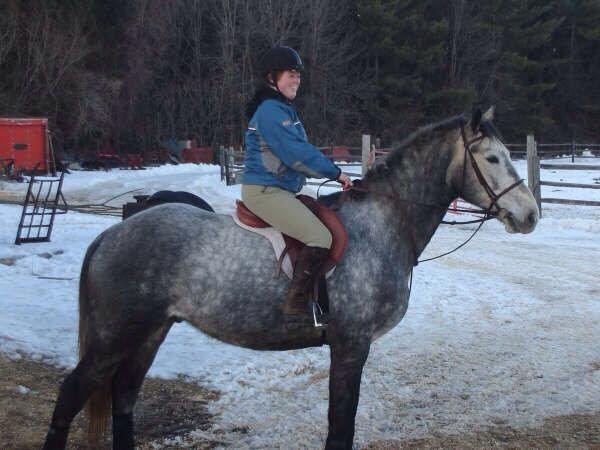Lessons combine two of my favourite things, horses and learning. I am, by nature, a very curious person who always wants to know “why” and/or “how”. The one thing that is for certain when dealing with horses (in whatever capacity) is that you never stop learning.
Learning takes place in many forms, and the equestrian world is no different. While lessons certainly progress riders, they are certainly not the only way to make someone a “horseperson”. This blog will feature some lesson etiquette and tips, while I will write another blog in the future to highlight ways to learn in other areas of horse management
Lesson etiquette is a subtle yet shockingly important aspect of how to maximize your learning potential. This type of etiquette can include: showing up on time (or ahead of time if your horse needs to be warmed up prior); having properly fitted tack and a clean horse; and, having respectful, neat, fitted clothing on. All this shows your coach that you are prepared and respectful of their time and knowledge.
Being prepared is not simply about how you and your horse look, it is also about being mentally prepared to learn and in a good, relaxed state of mind. As horses are incredibly sentient beings who feel every emotion that we are putting out, it is critical to relax yourself before you interact with your horse (breathing exercises are extremely beneficial for that). Your coach also wants you to be relaxed and able to absorb what they are trying to teach you.
By human nature, we listen with the intention of responding. I rode in a clinic many years ago with a 5* judge who basically told me to “stop talking and listen” (while she said it in a kind way, it did make me do exactly that, stop and listen). Learning to truly hear what your coach is telling you is a skill that requires thoughtful practice. I realized then how often I was speaking in my lessons (I’m very sorry coaches) and tried to work on this behaviour. Remember, YOU are paying THEM for THEIR expertise.
Keeping an open mind during lessons can be challenging, especially during periods of growth or if you and your horse are experiencing a roadblock. If you are trying to learn a new skill or teach your horse a new movement, it can be hard to trust the process. If you are feeling scared it can also be difficult to learn as our brains tend to revert back to fight or flight mode (ie leaning too far forward or having a waterskiing seat). Learning is not linear for anyone, horses included. Practicing deep breathing and trusting the process can really help in both situations. Asking your coach questions about what specifically you find challenging, in order to focus or work through it, can also help.
Knowing how you learn best can be a great benefit (there are online tests to help you figure it out). There are 4 main types of learners: auditory; visual; kinesthetic (feel); and read and write learners. Most people are some combination of those, but knowing how you learn is important in order to benefit from what works the best for you.
Auditory learners learn best by listening. One way for an auditory learner to get more out of their lesson is by having a friend video their lesson and listen back to it. They can also benefit from watching clinics or other rider’s lessons.
Visual learners learn best by watching. If you are this type of learner, asking your coach to show you what they mean from the ground may help, as will be videoed and watching it back. If your arena has mirrors, they can also be a great visual aid. Many people swear by watching their coach ride their horse as it helps them ‘visualize’ what it is they should be doing (properly). This type of learner would also benefit from watching clinics and lessons.
Kinesthetic learners need to feel what they are learning. Dressage is all about feel and timing of the aids. However, there are many debates as to whether or not ‘feel’ can be taught. Kinesthetic learners may require more repetition initially until they understand the feeling they are trying to achieve, but once they understand it, they will likely be able to repeat the feeling.
Learners who do best by reading and writing may benefit from keeping a journal about their lessons and what they worked on, this is something they can keep coming back to reference.
At the end of the day, remember lessons are meant to be fun and educational, regardless of your goals! If you are struggling, I highly suggest speaking with your coach about the issues so that you can develop a plan of action together to help overcome the obstacle(s) and get you back on the right path!
Never stop learning Friends! Happy Riding!























